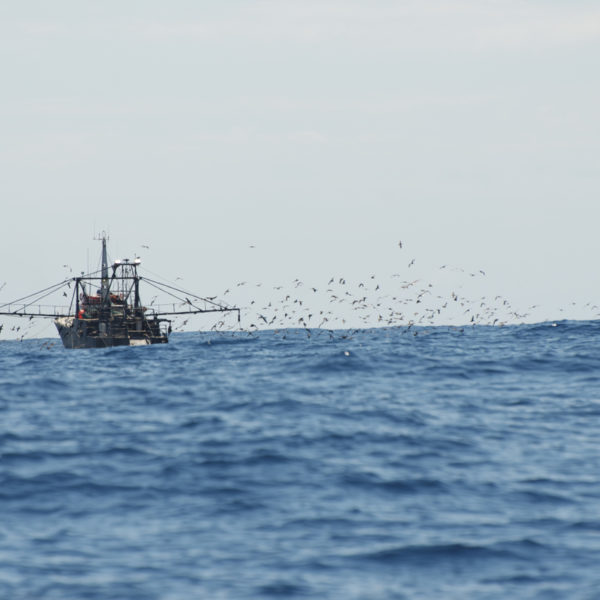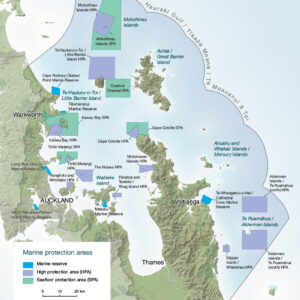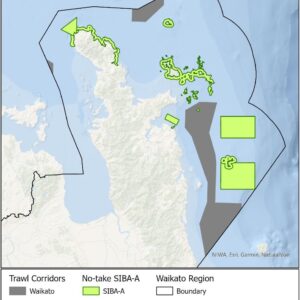It can be quite scary when you realise that we don’t know much about what is happening at sea or the state of our fish stocks. That’s because there’s not enough onboard cameras or observers to monitor at-sea activity.

What’s more, 56 percent of targeted fish stocks in the Quota Management System (QMS) have never had a stock assessment, usually due to a lack of available research funding. This means the status of many fish stocks is unknown. This is particularly concerning given that destructive fishing methods such as bottom trawling and dredging are still permitted in inshore waters, the most productive nursery grounds.
We have been able to get away with insufficient monitoring and data collection because Kiwis have been repeatedly told that New Zealand has a world leading QMS. What is not well understood is that after 34 years of the QMS we now have a system focused on the total weight of dead fish landed at the wharf, largely ignoring how many fish die in the process of fishing and how many are left swimming. We must change our focus if we aspire to rebuilding our depleted inshore fish stocks.
Research shows that Kiwis care about fish depletion and habitat destruction. They want to resolve the serious issues affecting our marine environment so that all New Zealanders can benefit from the commercial use of our natural resources, especially our fish.
LegaSea and the New Zealand Sport Fishing Council are seeking public support for positive changes to how our marine estate is managed and protected. The Rescue Fish policy package has been developed as an alternative to the QMS.
Rescue Fish is based on strong principles and the Maori concept of kaitiakitanga, guardianship of the resources and the people.
Transparency is also critical to ensuring ongoing public support for positive change. Rescue Fish seeks to address management issues while generating wealth and jobs in regional New Zealand.
Under Rescue Fish indiscriminate, industrial-scale fishing will be banned inshore. Larger vessels will only be permitted to operate outside the 12 nautical mile limit. This would leave inshore waters to low impact, high value commercial fishing enterprises.
It would also enable fish stocks to recover to support a thriving charter industry for recreational anglers while making fish available for families who just want a reasonable return for a day out on the water.
So, don’t be daunted by depletion. Please sign the petition supporting positive change at www.rescuefish.co.nz/petition.





